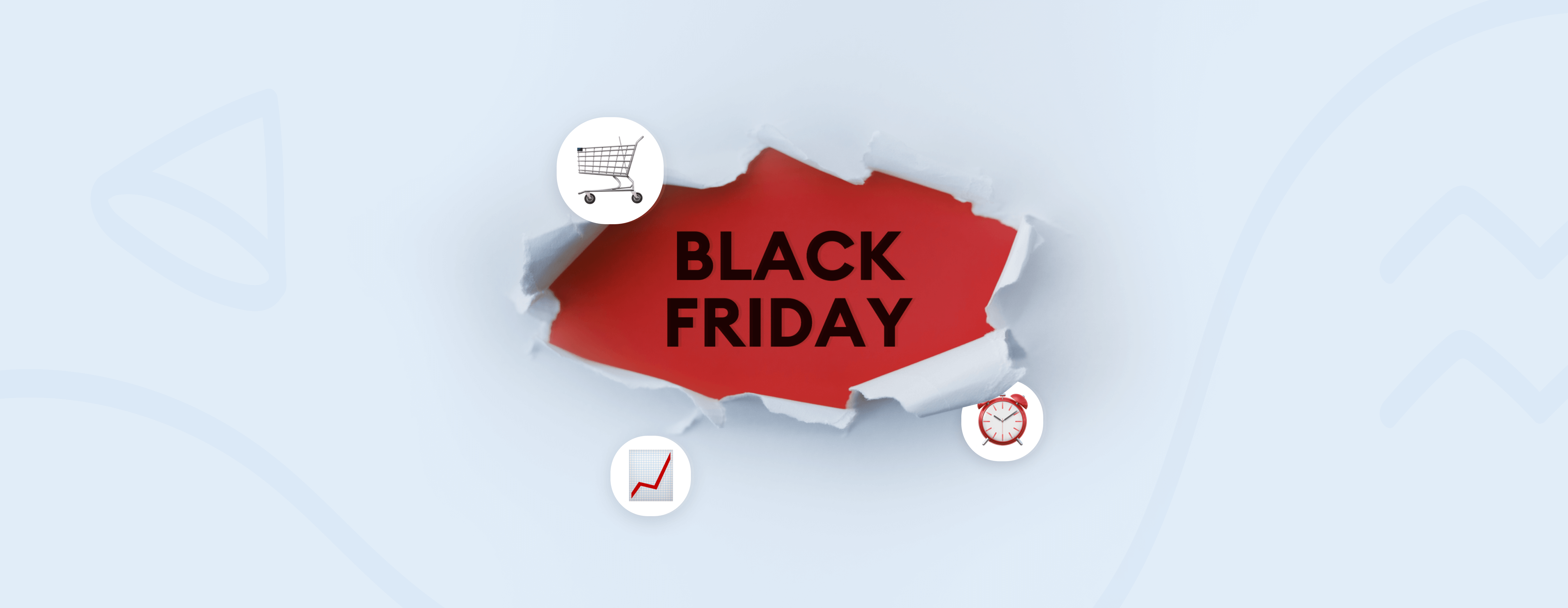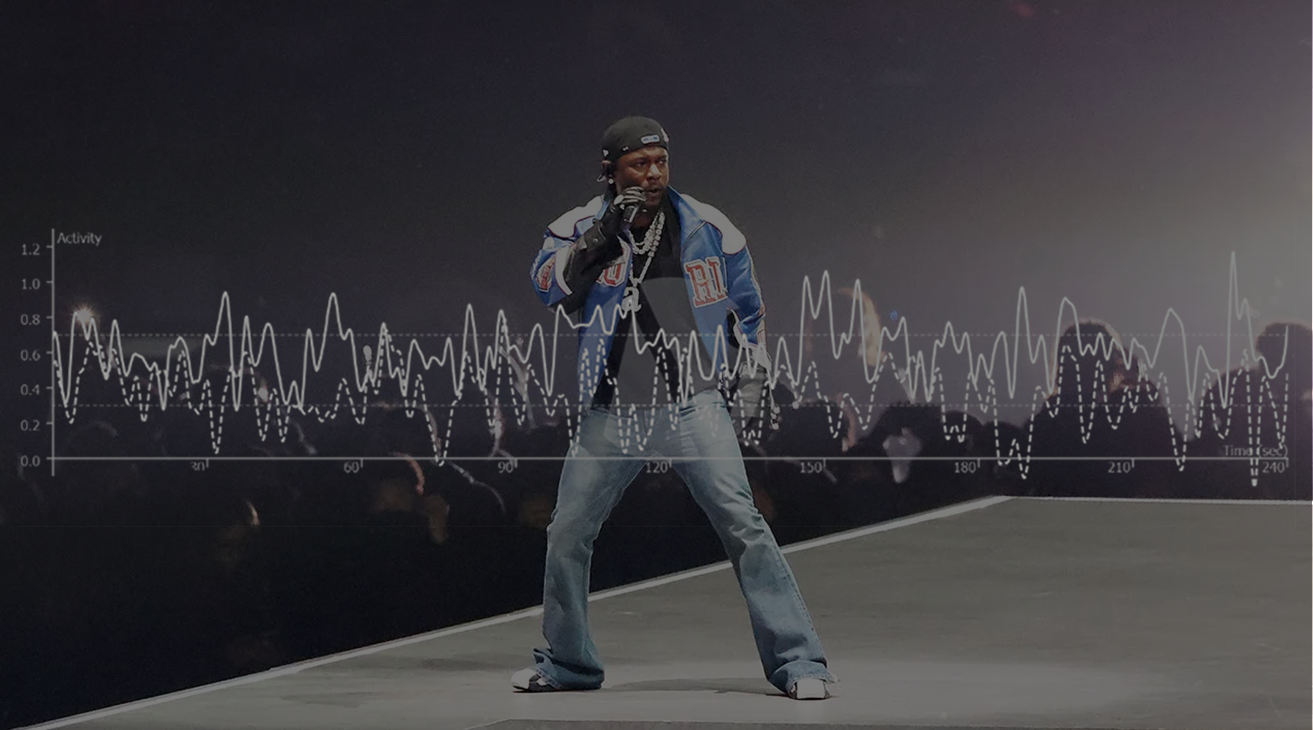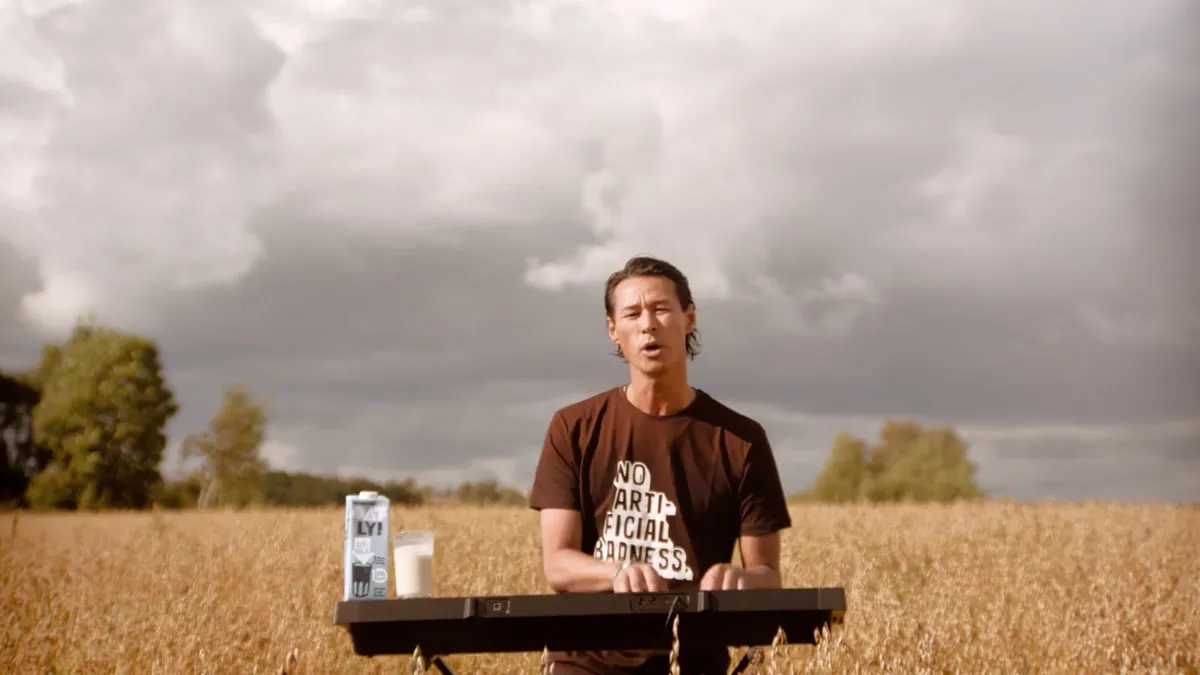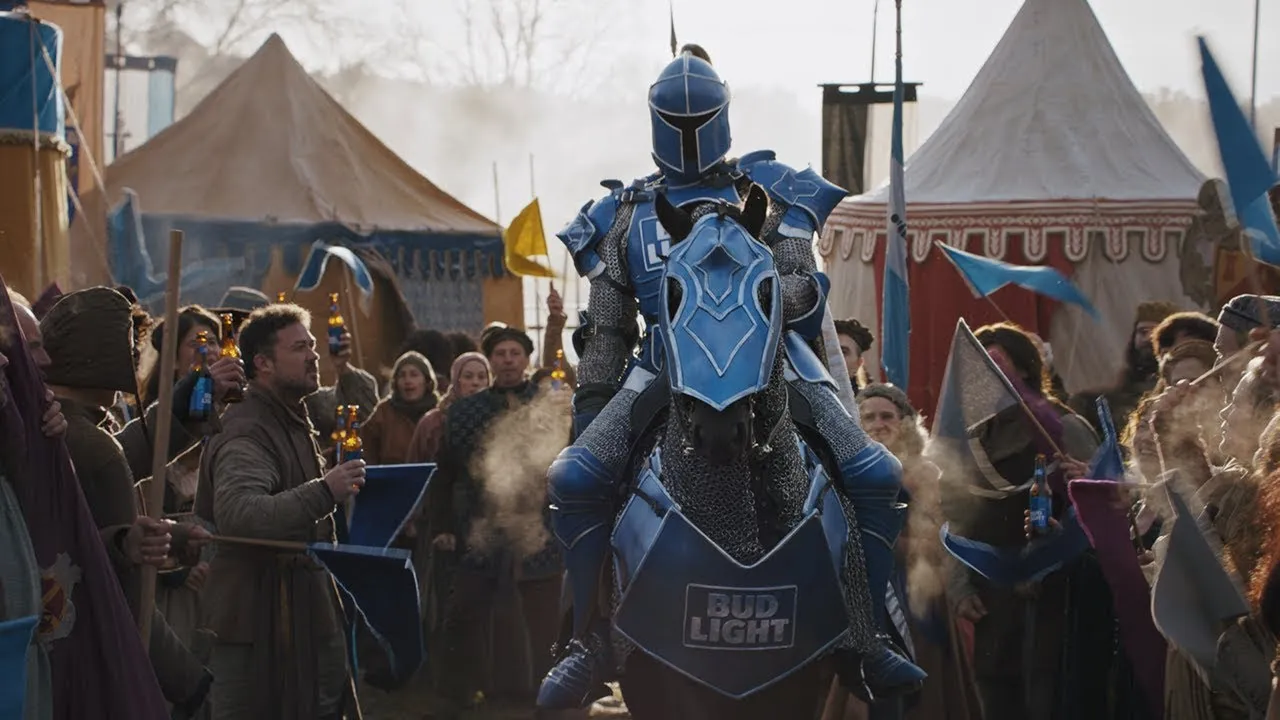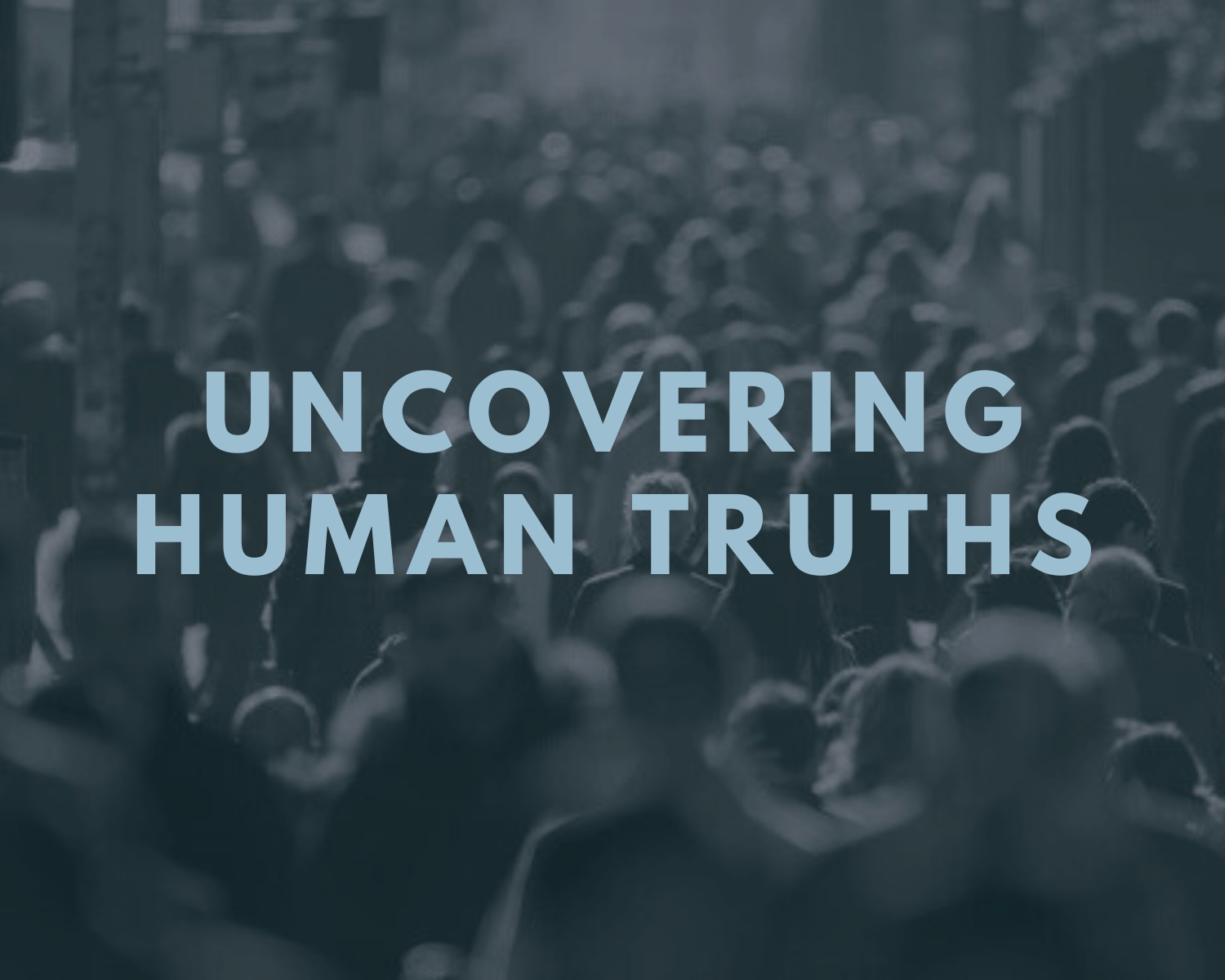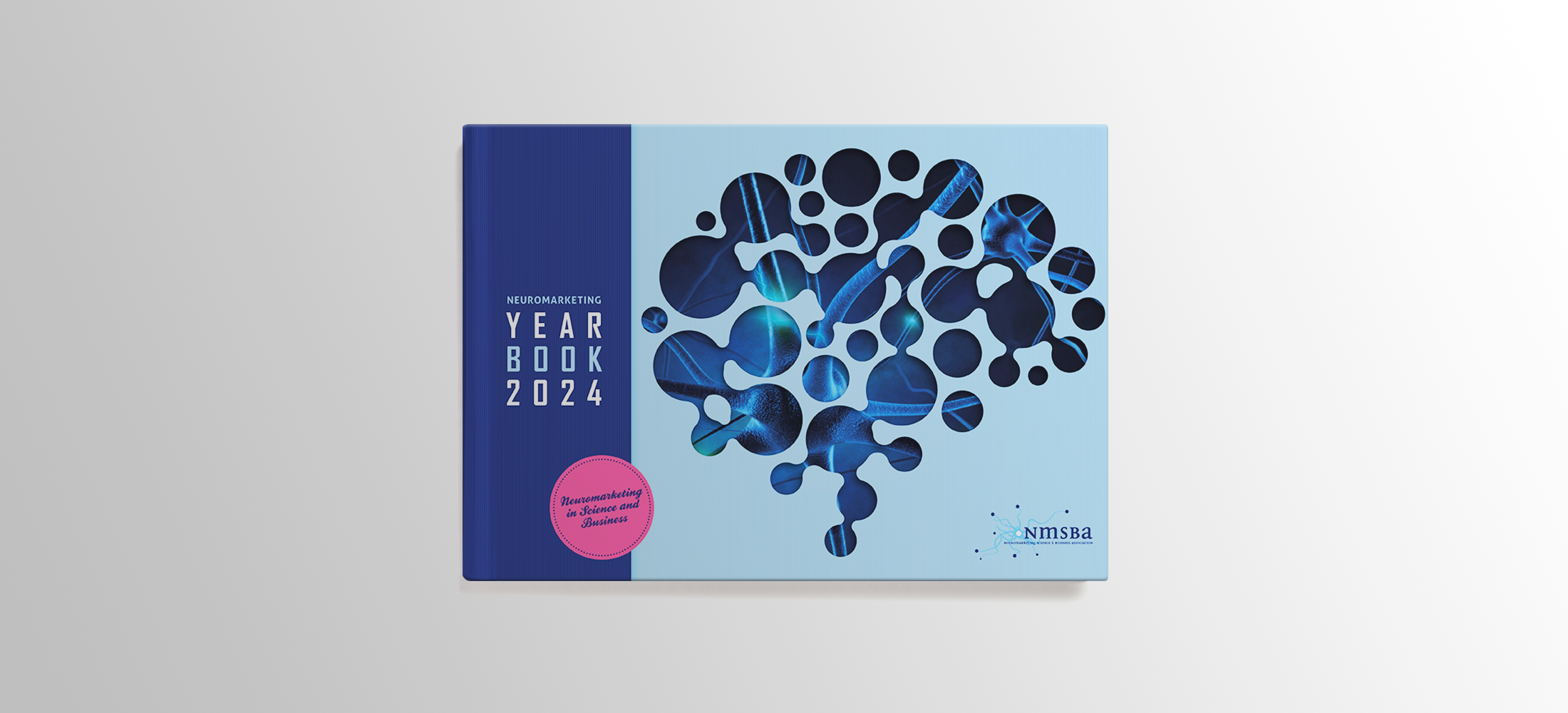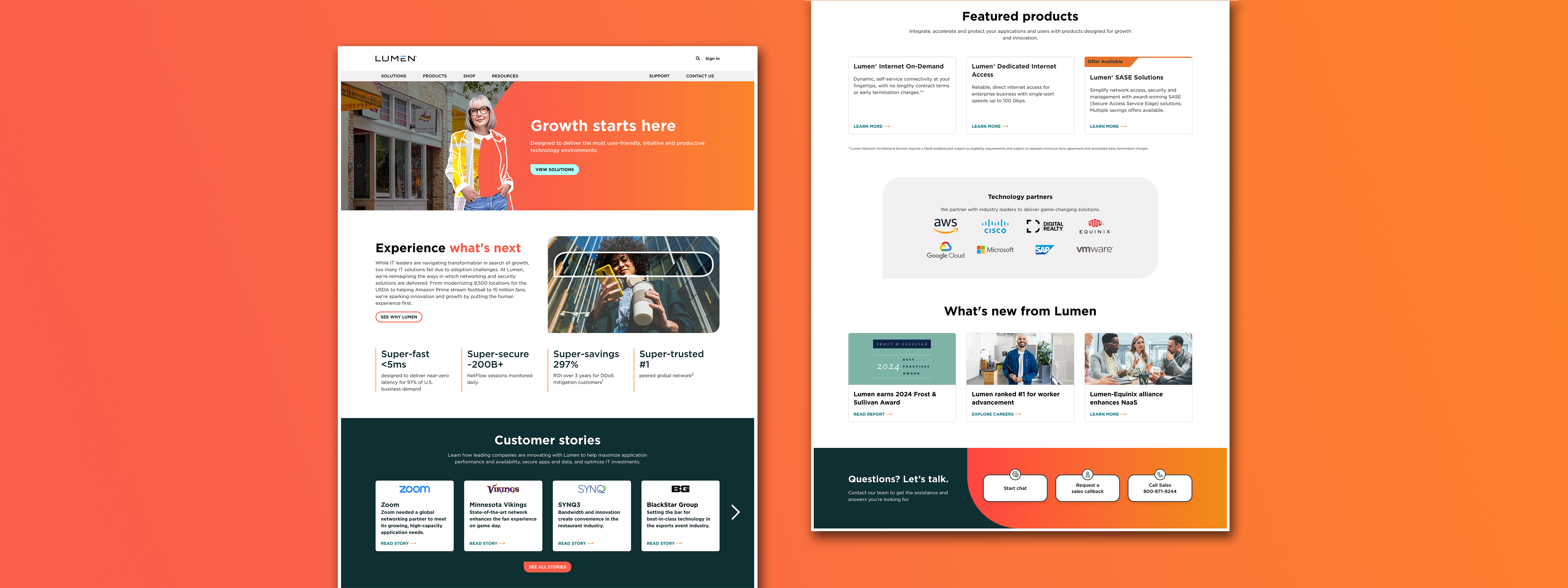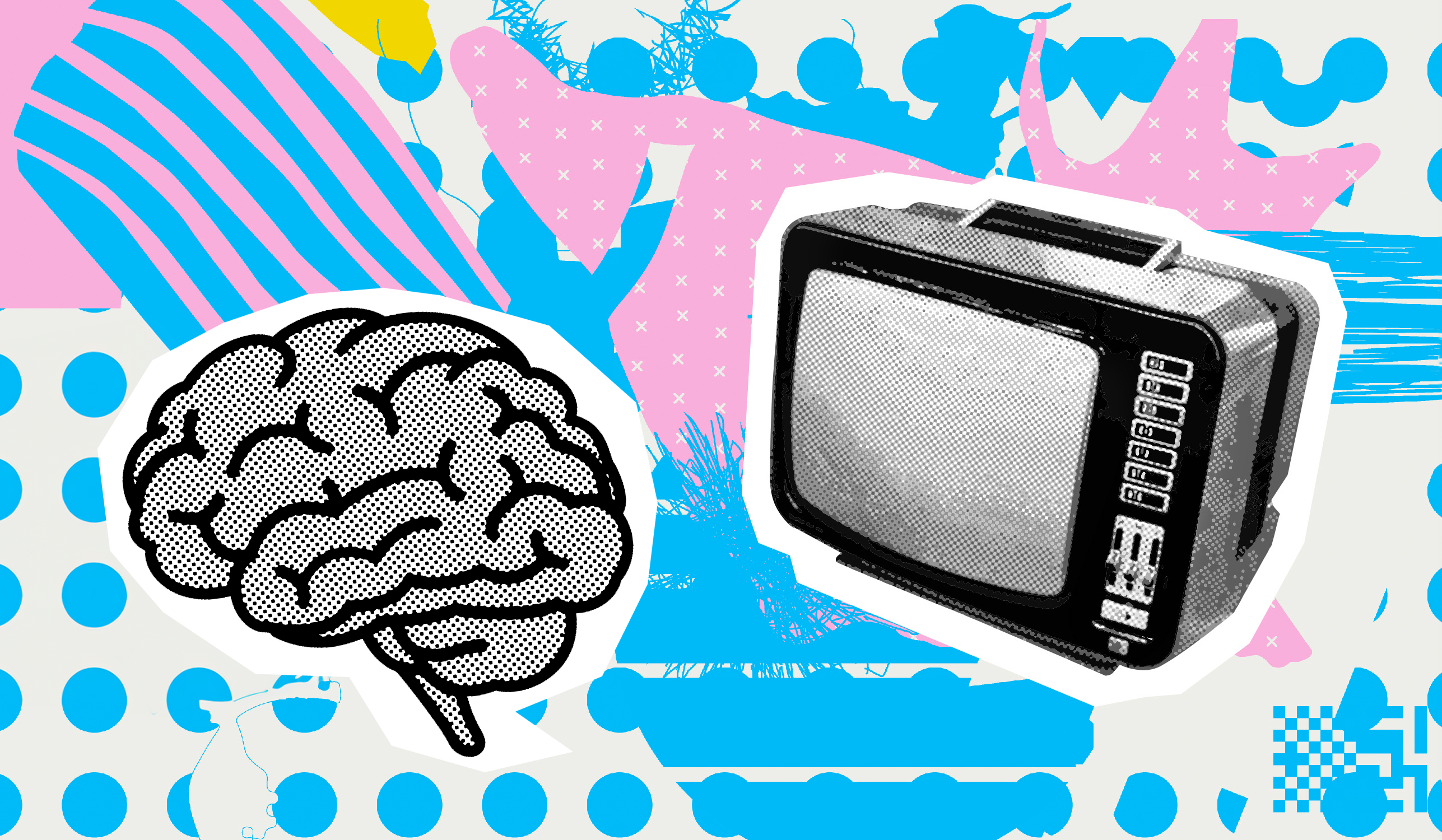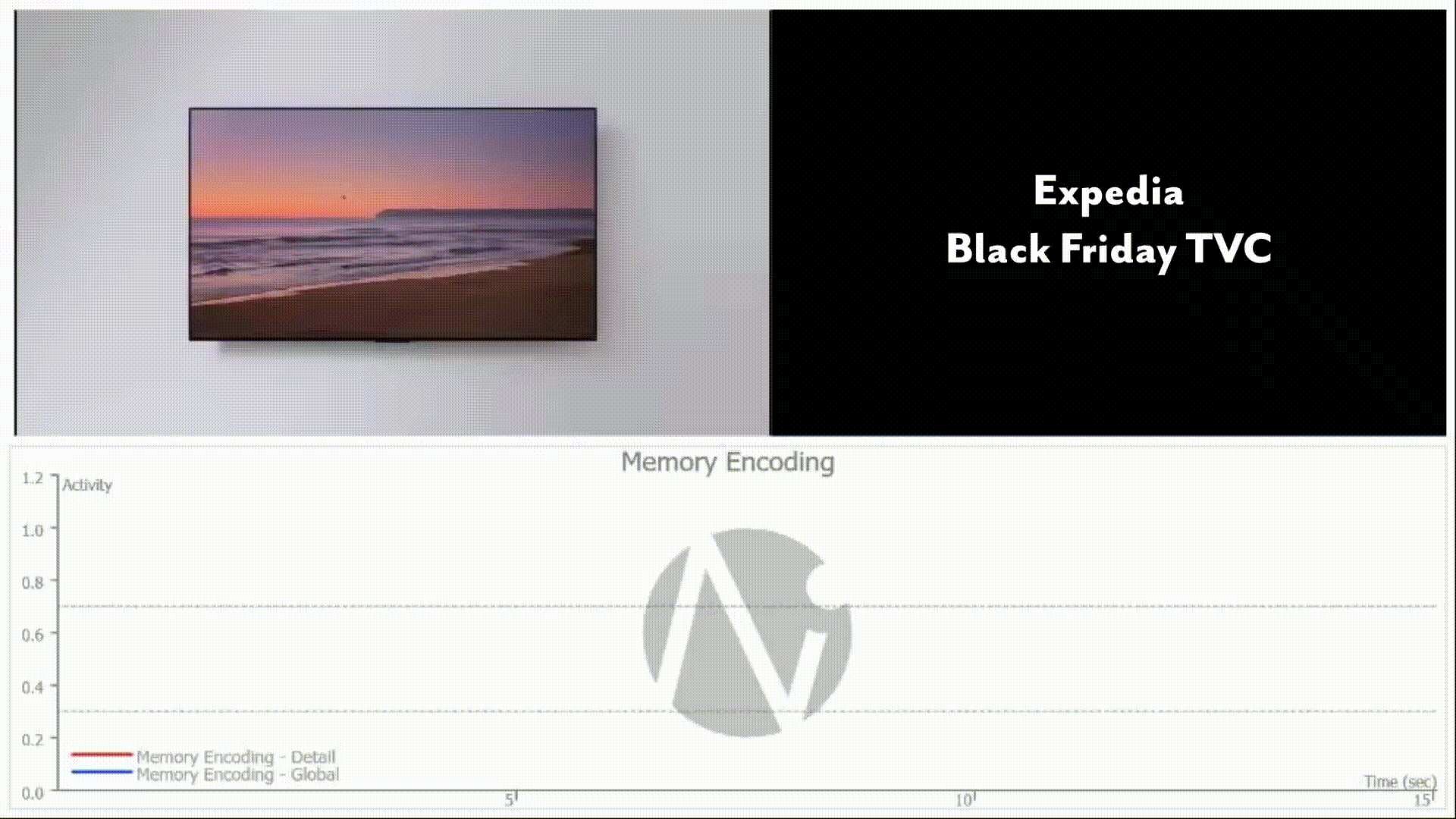
Black Friday is an invitation for competition — shoppers climbing over one another to get that new TV, teens frantically clicking to get a new sneaker drop, and brands fighting to get the best advertising space and have the loudest voice amidst the holiday chaos. So, if your brand is shelling out for those 15 seconds of prime placement glory, you better make each second and dollar count.
Last year, Expedia was one of the many brands that released a multi-media campaign around Black Friday which aimed to invite viewers to get out and explore the world after travel was halted for COVID. The creative is simple: it slowly zooms in on a TV showing a beautiful beach with cotton candy skies. Hector Muelas, Expedia Group’s senior vice president of global creative “wanted to remind consumers that travel experiences are more transformative and meaningful than a TV set, for example” (Koltun 2021). It was a much-needed and timely reminder as the world shifted out of a global pandemic back into their normal lives.
This campaign, along with other holiday efforts, helped the brand increase final-quarter revenue by over 20% compared to pre-covid times (2019 Q4). So, what made such a simple campaign impactful? We turned to neuroscience to find the answer.
At Neuro-Insight, we look to the subconscious to see how effectively brands (like Expedia) are able to communicate their message. Our patented technology, Steady State Topography (SST), allows us to measure second-by-second brain responses that breach the conscious and get to the root of human emotion and decision-making.
Our technology allows us to understand exactly what consumers are encoding into long-term memory. Memory matters because what we subconsciously decide to store in memory today becomes the base for our decision-making in the future (it is a predictive measure). As we explore what consumers are encoding into memory, we also look to the brain to tell us why a particular event or message is being stored — for this, we leverage key diagnostic metrics including approach/withdrawal, emotional intensity, and engagement.
Our metrics provided contextual learnings against a database of truths:
1) Simplicity is key.
Previous neuro-analyses have shown that excessive movement, loud distractors, and color overload during short creatives take away from branding effectiveness. This ad is simple — composed of one shot and one narrated line. The only nonsynchronous visual occurs during end branding with the slow-appearing logo and message: “Join for free and save 30% or more.” During this moment, detail memory encoding spikes.
Detail memory encoding measure consumers’ processing of detail elements in an ad (think key messaging or brand logos). High scores indicate consumers are actively storing Expedia’s logo and message into long-term memory. Once these elements are stored, there is a high likelihood that the consumer will make a purchase a day, a week, or even months later.
So, if you reserve a large portion of your advertising budget for the end-of-year holiday season, think about keeping the creative simple and the branding standalone.
2) Always go back to basic human truths.
Throughout the creative, global memory encoding averages are high. Global memory encoding measures consumers’ processing of brand thematic elements. In this case, the high numbers indicate that consumers stored the tranquil beach scene and the lull of the waves into their long-term memory.
Instead of depicting a more rugged travel scene, Expedia was smart to draw on one basic human truth – most people love the beach. Our subconscious brains long for warm, sunny days as the cold winter envelops us. So, next time your brand chooses a scene for a creative, look to increase global memory encoding by drawing on classic human desires.
It does not take a lot to create a powerful campaign. Sometimes less is, in fact, more. Expedia’s Black Friday ad is a perfect example of how to make the most out of a 15-second media spot. So, with the holiday season starting in just one week, think about how your brand can break through the chaos, the competition, and the cheer. It may be a lot simpler than you think.

